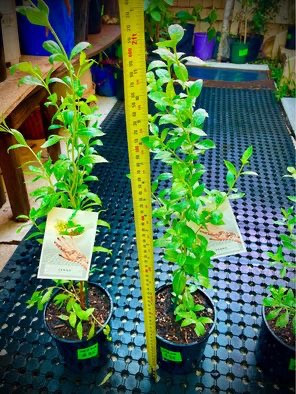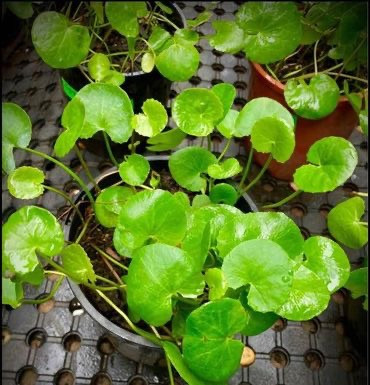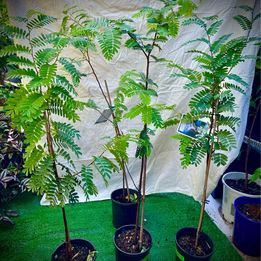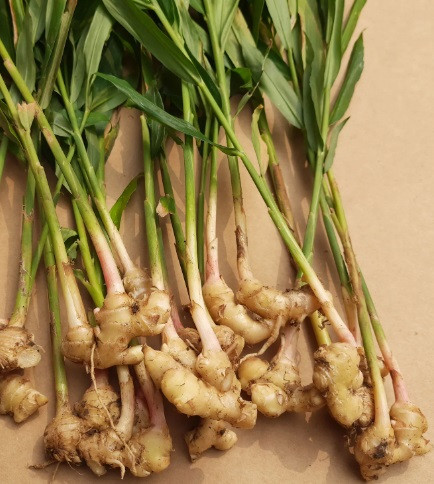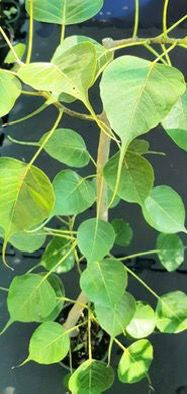HEENA
Category : Ayurvedic / Medicinal Plants
Description
Henna, scientifically known as Lawsonia inermis, is a flowering plant used extensively for its dyeing properties. It is a perennial evergreen or deciduous shrub or small tree, depending on the climate. Henna is well-known for its applications in body art, fabric dyeing, and traditional medicine. It is also valued as an ornamental and hedge plant.
Appearance
- Plant: Henna is a shrub or small tree that can grow up to 6-8 meters tall. It has a multi-branched structure with smooth, grayish-brown bark.
- Leaves: The leaves are opposite, glabrous, and lanceolate, measuring about 2-4 cm in length.
- Flowers: The flowers are small, fragrant, and white or pink, clustered in large terminal panicles.
- Fruit: The fruit is a small, brownish capsule containing numerous seeds.
Habitat
Henna is native to North Africa, the Middle East, and South Asia. It thrives in hot, arid climates and can tolerate drought conditions. Henna prefers well-drained, sandy soils but can also grow in loamy and clay soils.
Uses
Dyeing Uses:
- Body Art: Henna paste is traditionally used for creating intricate designs on the skin, especially during festivals and weddings in many cultures. It stains the skin a reddish-brown color.
- Hair Dye: Henna is a natural hair dye that imparts a reddish-orange color and conditions the hair.
- Fabric Dyeing: Henna is used to dye fabrics, imparting a range of colors from light orange to deep brown.
Medicinal Uses:
- Wound Healing: Henna has antimicrobial properties and is used to treat wounds and burns.
- Anti-inflammatory: It helps reduce inflammation and is used in poultices for rheumatic and arthritic pain.
- Fever Reduction: Henna leaves are used in traditional medicine to reduce fever.
- Skin Conditions: It is used to treat various skin conditions, including eczema and fungal infections.
Other Uses:
- Ornamental: Henna is grown as an ornamental plant for its attractive foliage and fragrant flowers.
- Hedge Plant: Its dense growth makes it an excellent choice for hedges and boundary markers.
- Drought Tolerance: Henna is well-suited for xeriscaping and drought-tolerant gardening.
Active Compounds
Henna contains several bioactive compounds, including:
- Lawsone (2-hydroxy-1,4-naphthoquinone): The primary dye component responsible for the red-orange color.
- Tannins: Contribute to the astringent properties of henna.
- Flavonoids: Antioxidants that provide various health benefits.
- Gallic Acid: Known for its antimicrobial and anti-inflammatory properties.
Safety and Precautions
Henna is generally safe for external use. However, some individuals may experience allergic reactions or skin sensitivity. It is essential to perform a patch test before using henna on the skin or hair. Pregnant and breastfeeding women should consult a healthcare provider before using henna medicinally.
Cultural Significance
Henna has a rich cultural heritage and is used in various traditional practices and ceremonies. In many cultures, henna is applied during weddings, religious festivals, and other significant events. It symbolizes joy, beauty, and auspiciousness.
Conclusion
Henna (Lawsonia inermis) is a versatile and valuable plant with extensive uses in dyeing, traditional medicine, and ornamental gardening. Its cultural significance, combined with its practical applications, makes it an essential plant in many regions of the world. Whether used for its dyeing properties or its medicinal benefits, henna remains a cherished plant with a storied history and wide-ranging uses.
Price : $45
In Stock
